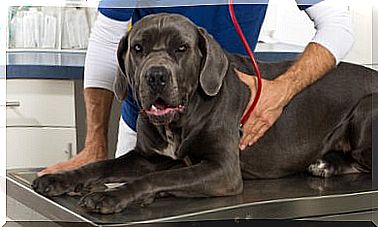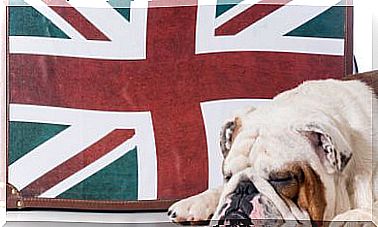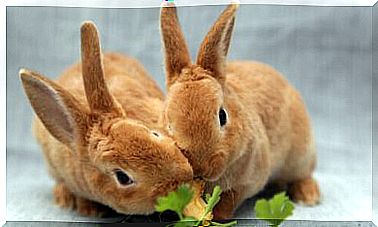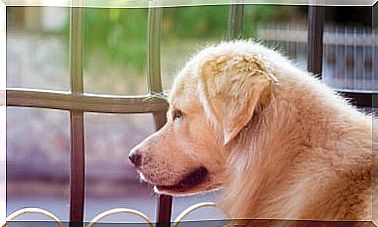What Are Papilleros Birds?
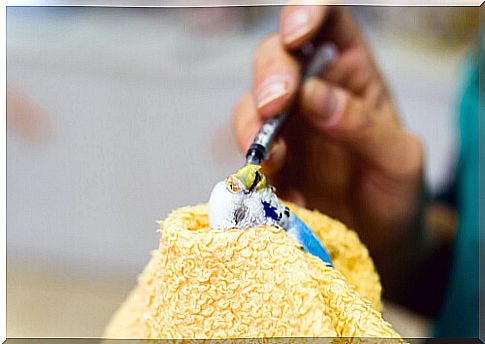
It is very likely that you have ever heard it said that “some birds should be fed porridge” and it is also safe to ask yourself, why? The reason is simple: there are papilleros birds, which feed mostly on pap.
These birds are named for having been raised almost entirely by humans. Papilleros birds are usually lovebirds trained from pigeons by human beings, who are used to human contact and treatment.
The life of papilleros birds
The agapornis or lovebirds , are ornamental birds very affectionate with all the animals that surround them. They have a very peculiar and striking song that makes them stand out, as well as very dazzling feathers. Lovebirds also have the peculiarity of being very tame to human contact.
This tells us that they are the ideal flying companions for some people. In what sense? These birds allow themselves to be touched, caressed and even manipulated when they are properly trained. We assure you that there is nothing more pleasant than feeling how a bird eats from your hand.
But for this to be so, it has its price: sometimes, for different reasons, young birds are separated from their parents by nature or by human action.
That is when lovebirds end up becoming papilleros birds : during this early age, as breeders, we must offer them a food that is similar to what their parents give them. Papilleros lovebirds require certain conditions to be able to adopt this lifestyle.
Age is an important factor
A lovebird should never be separated from its nest at birth or only a few days later. This can cause sudden death due to not having enough defenses to fight common diseases. The ideal is to have a lovebird between 25 and 30 days old.

At this age, the animal will get used to being fed with the syringe very quickly, in addition to giving all its love to you. If you try to get him out later, you can train him, but he won’t be quite fond of you.
To quickly identify the age of a chick, simply check the plumage. Around 20 days of life, the animal will have almost completely shed the down that covered it when it hatches.
Once we have our chick, we must get it a new nest. To do this, some opt for a shoebox stuffed with tea towels. With this, we seek to simulate the warmth and appearance of its real nest, in addition to making it become more friendly.
If we choose this option, we must remember that it requires constant cleaning. Papillery bird poop is corrosive and odorous if left too long. Other equally useful options are in the use of plastic boxes or tuppers.
Once we have your new home prepared, it is time to move on to the fundamental part: the porridge. This food must be prepared with great care so that it is ideal for our new pet.
How to prepare the porridge
To feed our pigeon, a special compound made for them is required. In the market there are several brands that ensure that your papillero bird has what it needs in its first days.
The slurry should be prepared a temperature not higher than 40 ° C. In addition, the water must have been boiled or bottled to eliminate any bacteria that can harm our bird.
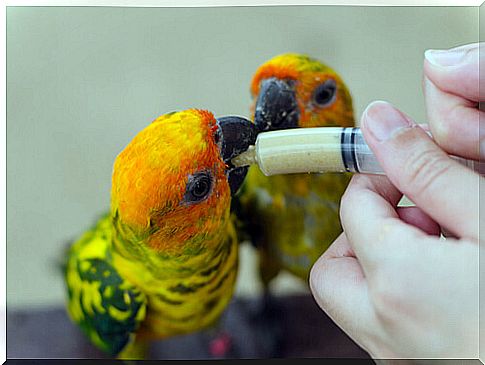
But it is not enough that it is the right temperature. The texture should also be ideal, like that of a yogurt, without the presence of lumps and other irregularities that can drown our little one.
Once we have the mixture ready, it is time to use the syringe to feed him. To do this, we require great care in order not to harm you. The first few days are crucial for you to get used to the presence of the syringe and understand that it will not harm you.
To feed our papillero bird we must administer about 5 milliliters of pap. At first, the animal will look scared and will even want to attack us thinking that we will hurt it. We don’t blame you, but your hunger will eventually overcome your fear.
Some animals may or may not show some resistance to not being fed by the porridge. To avoid this, with the syringe we give him to taste the porridge so that he gets used to it. Avoid spilling it to the side or spitting it out.
Power frequency
This procedure is followed the first 5 or 10 days for four times a day. Then it is adjusted further as the animal grows. From the 20th or 25th we begin to ‘wean’ the bird.
For this, we offer you the food that will later be your normal meal. He will show little taste with this one, so we sprinkle a little porridge on it. The intention is to achieve the association that both are good foods for him. In addition, we must reduce the dose of porridge to only two a day.
With a little time we will have our partner living in his cage (or better yet, outside of it). Just remember that it is a process that can take up to a month.
